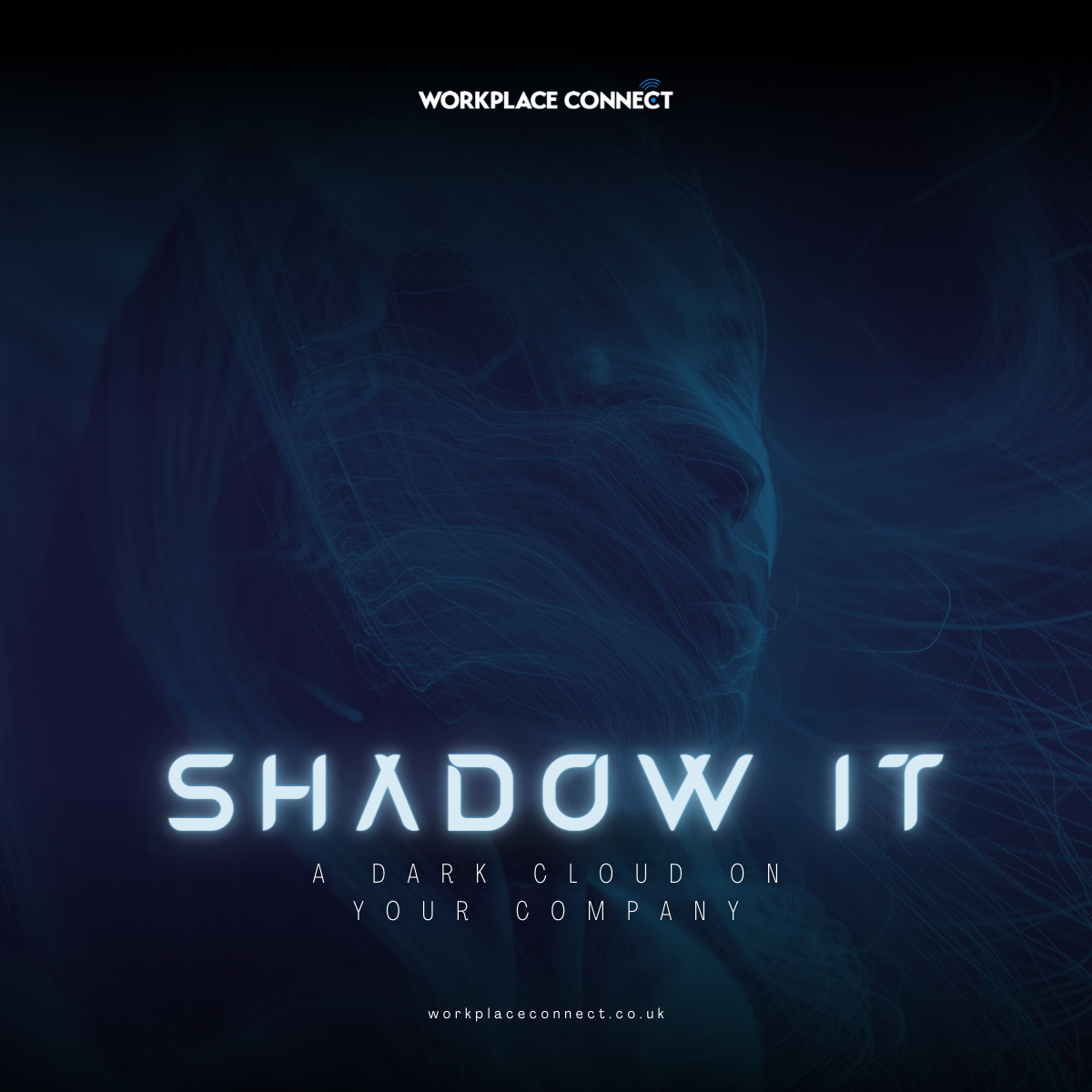Cloud computing has made it simpler for IT users to get around IT procurement procedures and acquire the solutions they need to perform their jobs. From the user’s viewpoint, strict governance standards and IT monitoring are frequently created to safeguard the organization rather than address the difficulties IT users face at work.
The outcome is Shadow IT: the process of getting around these restrictions and utilizing the necessary IT solutions without the knowledge of the IT department.
SHADOW IT: WHAT’S THAT?
Shadow IT is the practice of a department or individual using IT-related equipment or software without the knowledge of the organization’s IT or security team. It may include hardware, software, and cloud services. Shadow IT examples include:
- Establishing personal credentials or accounts to create cloud workloads
- Purchasing subscriptions to cloud services or software as a service (SaaS) apps below the IT-recommended purchase thresholds
- Utilizing project management or productivity software like Trello or Asana
- Using public cloud services to store, access, or exchange data or other assets, such as Google Drive or Box
- Adopting messaging services or communication tools, such as WhatsApp or Zoom, in carrying out business-related communication
Shadow IT is typically used by users to increase the efficiency with which they can do their tasks. Still, because the use of such services is hidden from the IT team, it is not secured by the organizations’ cybersecurity solutions or policies. Assets used by developers in cloud workloads and other services could be seriously vulnerable due to things like default password usage or configuration errors. The organization now faces a greater risk of liability, non-compliance, and data breaches.
WHY DO EMPLOYEES TURN TO SHADOW IT?
Because of efforts to restructure businesses, the use of Shadow IT has increased in recent years. Notably, these figures are pre-pandemic, and the Everest Group analysis from 2019 estimates that over half of all IT spending “lurks in the shadows.” Because of COVID-19 limits, there may have been a sudden increase in remote workers, which has probably led to a rise in the use of Shadow IT as people tried to stay productive in unfamiliar settings with constrained resources.
Shadow IT usage is seldom ever done intentionally. Instead, it is a practice that staff members support since their daily jobs necessitate quick, flexible, frictionless access to various tools and applications.
One key factor in the growth of Shadow IT is the use of DevOps. Teams in the cloud and DevOps prefer to operate smoothly and quickly. The development cycle will frequently have snags and delays due to trying to achieve the visibility and management levels that the security teams need. Instead of doing so out of preference or malice, developers who generate cloud workloads using their credentials do so because going via the normal corporate channels could slow down work and make the entire team miss a deadline.
The solution to shadow IT isn’t to figure out how to stop using it; instead, it’s to figure out how to give employees the tools they need to achieve business goals quickly and efficiently.
DANGERS AND BENEFITS OF SHADOW IT
Shadow IT is a problem that needs to be addressed from an IT and cybersecurity standpoint to keep the network visible and guarantee its security. But what about workers who depend on these resources to complete their jobs and bosses who don’t care about such practices? They must recognize some advantages of Shadow IT. But does the benefit exceed the danger?
To help enterprises understand what’s at stake and why IT teams need to improve policies and procedures to deliver the usability and speed of Shadow IT without introducing excessive risk, we look more closely at the advantages and hazards of Shadow IT in this section.
BENEFITS OF SHADOW IT
While Shadow IT poses a severe risk to the company, it also has some advantages. These consist of the following:
- Having quicker access to resources increases efficiency and spurs innovation.
- Lowering costs by utilizing free or inexpensive cloud-based services
- By allowing users to self-serve simple requests, limited IT resources, including employees, may be best utilized.
- Enhanced cooperation and communication through applications and platforms that are incredibly user-friendly and accessible
- A better user experience through the elimination of red tape and bureaucracy
THE DANGERS OF SHADOW IT
While Shadow IT has many advantages, businesses shouldn’t undervalue the risk posed by using unapproved tools, programs, or devices because each could be a point of entry for cybercriminals. It’s critical to reduce the danger of Shadow IT as enterprises deal with an unsettling threat landscape. Risks consist of:
1. Control & Visibility
As the proverbial adage goes, you can’t defend what you can’t see.
Shadow IT is, by definition, outside the scope of IT security, increasing the likelihood that flaws, incorrect setups, and policy violations may go unnoticed. While the rise in user self-provisioning may be beneficial for speed, there are particular security concerns. Organizations can establish an environment that allows for enhanced agility without compromising visibility by decentralizing the authority to deliver resources.
2. Loss of Data
Another issue with Shadow IT is that corporate employees cannot access data or other assets kept in personal accounts. When an employee quits or is fired, they might still have access to the cloud-based assets, but the company might lose that access.
Another crucial point is that Shadow IT is not governed by business policies and procedures. This could imply that information on a cloud server is not preserved, backed up, or encrypted under the corporate policy.
3. Surface Expansion Attack
Organizations are concerned about data loss, but a more considerable risk may be data theft.
Shadow IT increases an organization’s attack surface with each incident because it is invisible to the IT or cybersecurity team. Therefore the organization’s cybersecurity solutions, such as next-generation antivirus (NGAV), endpoint detection and response (EDR), or threat intelligence services, cannot secure these assets.
Shadow IT services are frequently set up using faulty or default credentials, or they may have configuration issues, all of which can be utilized by adversaries to gain access to the organization’s more extensive corporate network.
REDUCING SHADOW IT RISKS
It’s not always productive to have IT function like an Orwellian “Big Brother,” thus the best solution could be to distinguish between good and bad Shadow IT. By finding a medium ground, IT can maintain control over data and user permissions for the applications while letting end users pick the solutions that best suit their needs.
It’s the company’s responsibility to reduce instances of Shadow IT, not the employees’. Organizations must take action to comprehend and meet the demands of their employees as well as streamline the approval and provisioning process.
Shadow IT will always exist, even in the most advanced businesses. Companies need to develop strategies for accurately identifying these situations and controlling risk. The following actions can be taken by businesses to lessen the use of Shadow IT and lower its risk:
- Understanding organizational and team needs through thorough and ongoing business audits.
- To maintain visibility and control of all devices, apps, and systems, use cutting-edge technologies to monitor the network continuously.
- Educate all staff members on using all tools and technologies safely and securely and the correct procedures for provisioning new services.
- Create and uphold security standards, regulations, and compliance
- Make a plan that evaluates risks and ranks repair efforts.







